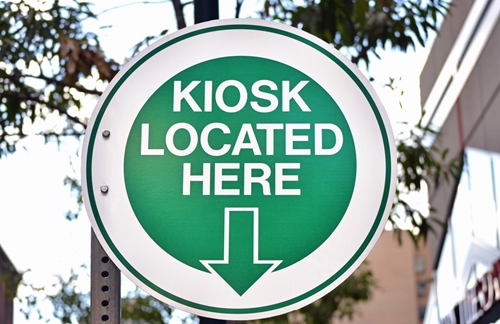How Cross-Channel Commerce is Affecting Merchandising
The cross-channel shopping experience has quickly become a point of differentiation for many sellers. A high-quality, enjoyable shopping experience gives merchants yet another edge in the battle against the competition and, perhaps most importantly, providing a satisfactory shopping experience does not eat into profit margins as engaging in price wars would.
Merchandising: The key to better a shopping cross-channel commerce experience
So, what are some of the different ways retailers can meaningfully make shopping more enjoyable and fun? Merchandising is one area in which sellers should start. People want to make more informed decisions, which is why the smartphone has quickly become the leading shopping companion for many buyers. With their phones, they can do everything from looking up reviews to researching information to comparing prices.
There is no denying that showrooming has one big disadvantage – it can lead to prospective buyers leaving the retailer’s ecosystem.
While mobile devices are valuable shopping tools for customers, there is no denying that showrooming has one big disadvantage – it can lead to prospective buyers leaving the retailer’s ecosystem. Imagine if the customer did a price comparison and found a cheaper price elsewhere? Retailers may be able to do a more effective job of keeping customers in-store if they give shoppers all the digital tools they need to make a more informed purchase decision right there.
For example, in-store kiosks allow customers to access the equivalent of online product pages straight from the store, helping retailers to create virtual showrooms within the physical space. Customers could watch product videos and demonstrations straight from the store. They could also check inventory levels and order items to the store if the merchant does not have an item in stock, which they could then pick up in store or have delivered to their homes.
The key is keeping customers engaged not only in the shopping cycle, but also in the merchant’s own ecosystem. Once they turn to their own devices, they could easily transition out of the environment that retailers have created.
Replicating the offline experience online
Just as in-store kiosks take the best of the online shopping experience and bring them offline, merchants should look to do the opposite with their online stores. There are some elements of the in-store experience that cannot be translated to the digital realm easily, but there are adaptations that merchants can use.
For instance, while online shoppers cannot pick an item up and manipulate it online, retailers could offer 360-degree digital elements that allow customers to pan around the product and carefully inspect specific details. While this will never fully replicate the tactile feel of actually holding an item in their hands, this could help online customers get a better idea of what they are purchasing.
Retailers need to provide customers the information that will help make a purchase decision. Elements such as 360-degree product views do just that, enabling customers to gain more information than they could by simply looking at a picture or reading a review. One recent report from MarketingSherpa dove into what made retail product pages successful, and noted the importance of information on product pages. The majority of retailers incorporate informational bits, such as images and descriptions, and many find them to be critical factors in securing sales.
The shopping experience has never been more important than it is right now, and it is one of the key differentiating factors brands can use to set themselves apart. Digital components, such as in-store kiosks and interactive product pages, are just two ways merchants can bolster the shopping experience.

